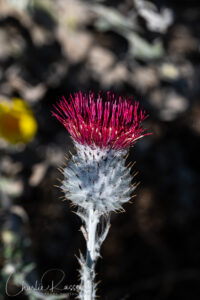
Abbotts Lagoon is a wonderful wildflower area that is a part of the Point Reyes National Seashore. This visit was in mid August, and the quantity and variety of wildflowers in bloom was amazing. It is a great time to visit!
Our hike was about 4 miles, but you can go much further if you have the time (and the energy to walk far on the beach and sand dunes).
The Flowers
Here’s a sample of a few of my favorites from this hike (click on the image to see a larger view).
One of the highlights of the day was finding a good number of Wavy leaved Monardella, Monardella sinuata ssp. nigrescens. This has a CNPS rare plant rank 1B.2, which is VERY rare, and this species is only found in coastal sand dunes in California.
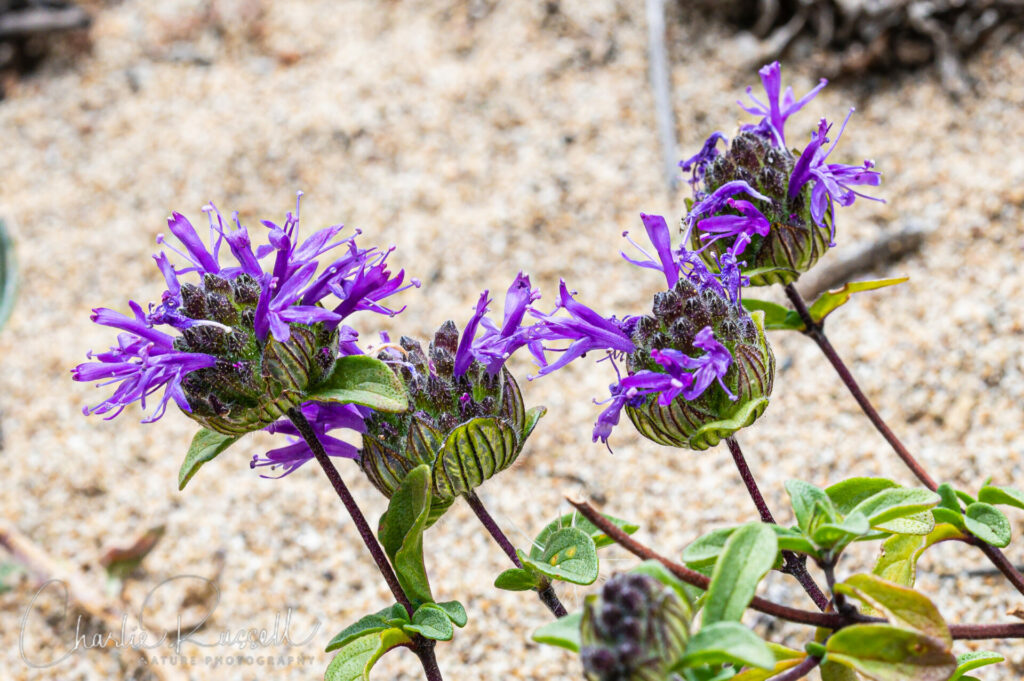
One surprise was finding several Elegant piperia, which I wouldn’t normally associate with a beach and sand dunes. These were hard to find, you will have to look up on the bluffs overlooking the lagoon.
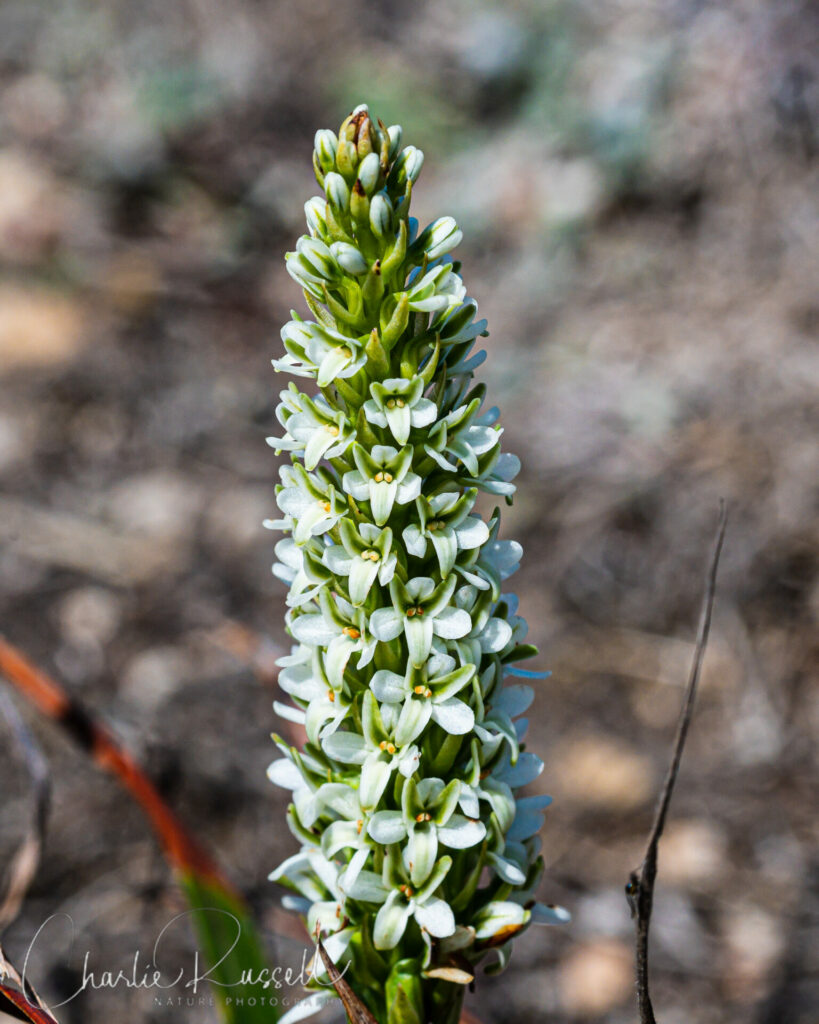
By far the most common blooming plant on this visit was Coastal gumplant. A low growing plant with wonderful flowers, which we found in many places around the lagoon and up in the dunes. This subspecies also is found only in California.
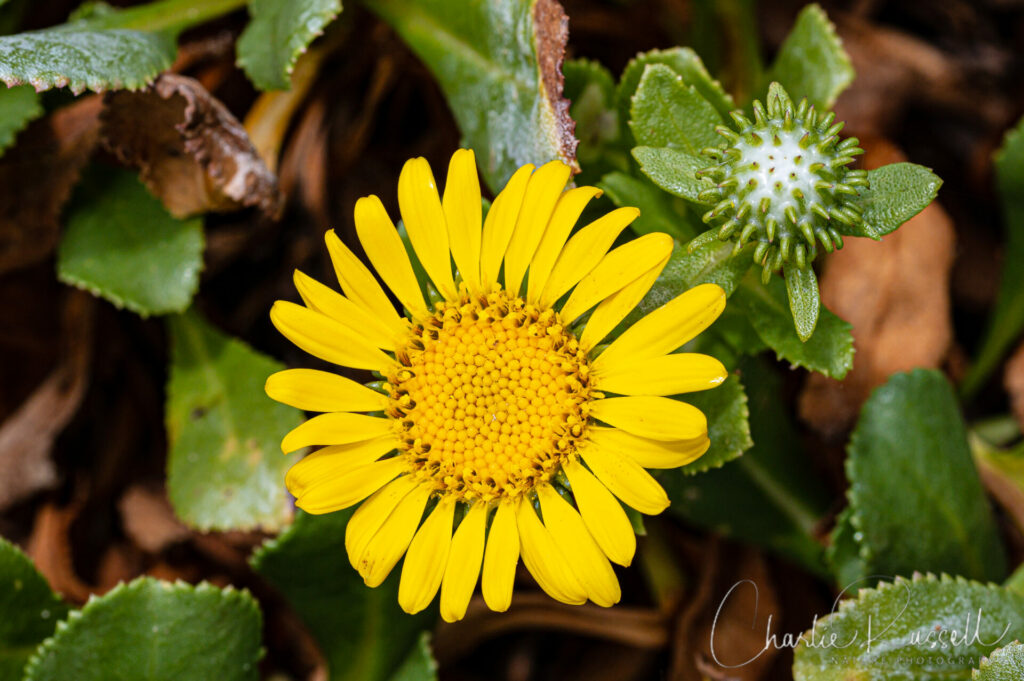
This one isn’t very pretty, and it is hard to spot. These flowers are only about 2mm across! But it was fun to find, as it is very rare and only found in a few sand dunes in the general San Francisco area. San Francisco bay spineflower, Chorizanthe cuspidata var. cuspidata. CNPS rare plant rank 1B.2
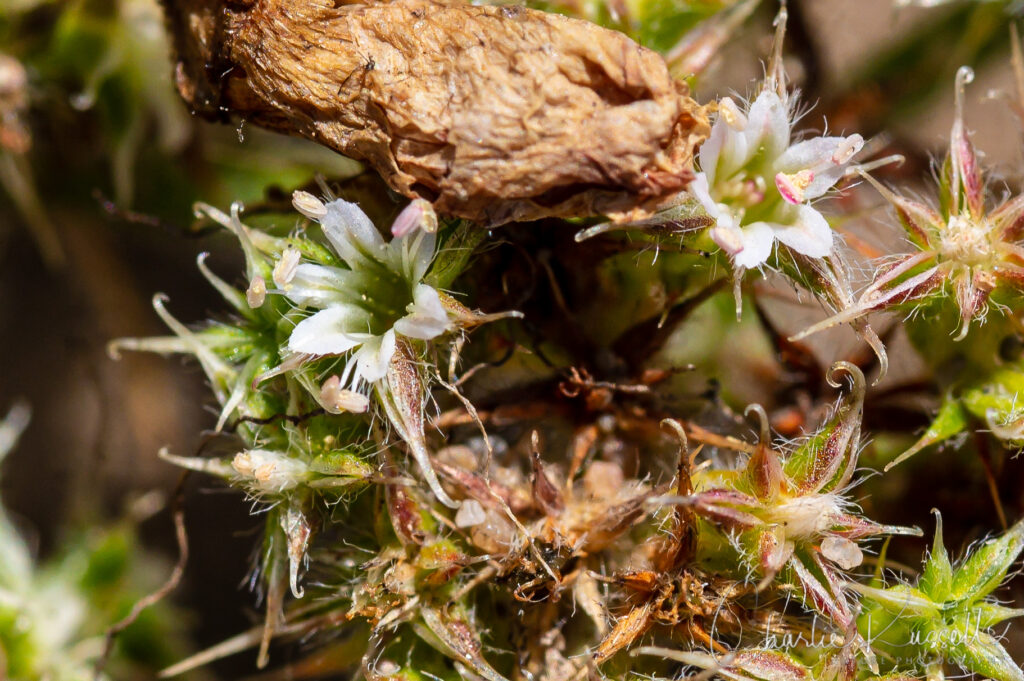
If you click on the lightbox image below you will see larger versions of the photos, and you can scroll through photos of many of the plants (and other things) that we found on this hike. All photos are available for purchase in a variety of formats.
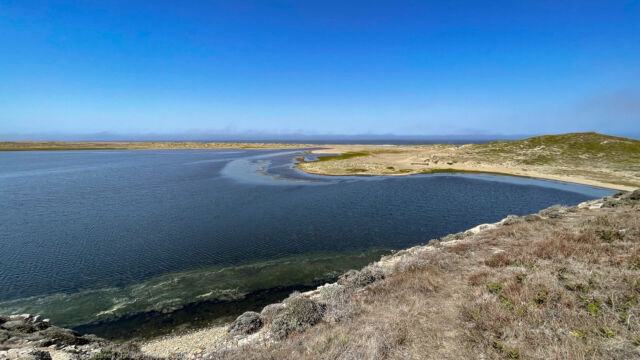

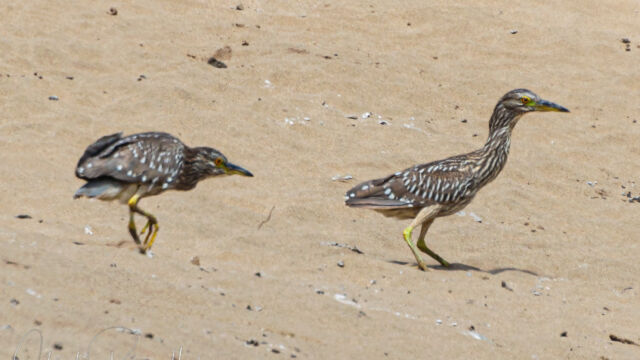
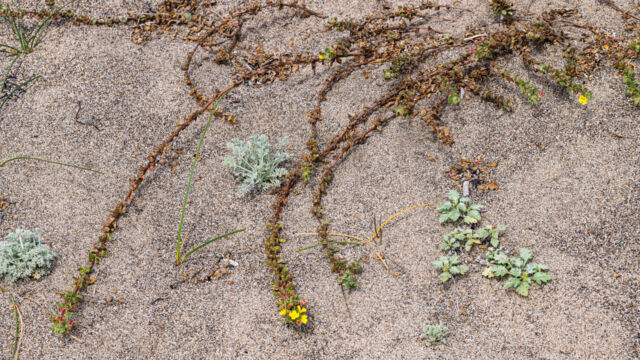
The Hike
This is an out-and-back hike, a minimum of 3 easy miles, but you’ll probably go farther if you wander around on the dunes and beach. It is a popular trail that can have a lot of traffic in the spring and early summer, but on this late August weekday it wasn’t busy at all.
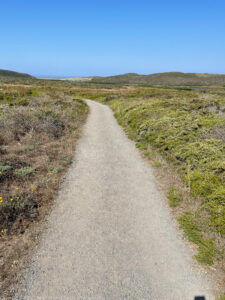
The start is a nice and easy gravel trail through open brush. There is a lot of Coyote brush here and a scattering of flowers (poppies and other late season flowers). The best part of this section was seeing quite a few California quail running across the trail.
A little less than a half mile in you will come to a section that has a boardwalk, to cross a seasonal wet meadow. You’ll start to see a greater variety of wildflowers here, although this time of year it is pretty dry.
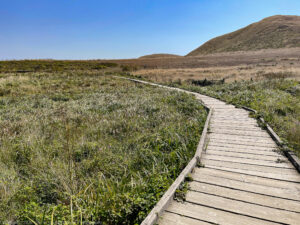
Past this the brush becomes denser and higher. Lots of blackberry bushes. Be careful, because there also is poison oak mixed in with the blackberries!
You will start to see the inner portion of the lagoon on your right, with sand dunes and many wading birds. At just about a mile in there is a bridge over the lagoon creek, and a high, rocky bluff to your left. I recommend hiking up to the top of the bluff for a great view over the outer lagoon, AND some wildflowers you might not see on the dunes themselves.
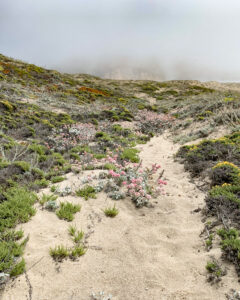
When you cross the bridge you’ll enter the beginning of the accessible dunes, as well as the sand flats by the lagoon. Wander about! There are different plants in each habitat.
Please be very careful in the dunes, though. There are a number of rare plants. In some places the sand in the dunes is very loose, and you may bury some of the delicate plants, or disturb their roots.
You can continue west all the way to the seashore. Please be careful, there can be rip currents and a severe undertow in the water here.
You’ll find fewer plants out there, in the exposed areas where the tides move the sand about quite a bit. Lots of room out there to wander!
Here’s the track that we followed:
Abbotts Lagoon
Profile
Move your mouse along the elevation graph to show the location on the map. The Refresh icon will re-center the map. The Expand icon will expand to full screen.
Directions
Abbotts Lagoon is in the Point Reyes National Seashore, which is in Marin County, north of San Francisco. From the town of Inverness you will go north on Sir Francis Drake Blvd. After about 2 miles turn right onto Pierce Point Road. 3.4 miles after that intersection you will see a parking area on your left, with a building for a toilet. This is the Abbotts Lagoon Trailhead.
Note that this isn’t a huge parking lot, and in the spring and summer it can fill up quickly on weekends.
There are no fees for entering the Point Reyes National Seashore.
I highly recommend stopping by the Inverness Park Market to buy your lunch, on the way in. They have GREAT sandwiches!.
Timing is Everything
This visit was in mid August 2022. I have to say, I was surprised to find such a LARGE variety of native wildflowers in bloom! It was a pleasant day with temperatures in the upper 60’s to lower 70’s (warmer inland than it was at the beach), without a lot of wind. This was a welcome break from the 100+ temperatures in the Central Valley where I live!
This time of year the majority of the blooming plants are down in the sand dunes near the ocean. The plants on the hike in were pretty dry for the most part (but a few nice things to find even so).
I think you’ll find something here worth your time anywhere from late March through early September!
Abbots Beach Wildflower Listing
Here’s a listing of the native plants that we found on this visit.
The ones listed in color are endemic to California (that is, found only in the California Floristic Province). “nif” means “not in flower”. CNPS numbers are ratings for rare plants by the California Native Plant Society (see my explanation of CNPS ranks). In most cases the scientific name will be a link to a reference source such as Calflora.
- Alkali heliotrope, Heliotropium curassavicum var. oculatum
- Beach evening-primrose, Camissoniopsis cheiranthifolia ssp. cheiranthifolia
- Beach knotweed, Polygonum paronychia
- Beach morning glory, Calystegia soldanella (nif)
- Beach strawberry, Fragaria chiloensis (nif)
- Bluff lettuce, Dudleya farinosa
- Bugle hedgenettle, Stachys ajugoides
- California bee plant, Scrophularia californica (nif)
- California blackberry, Rubus ursinus
- California goldenbush, Ericameria ericoides
- California Mugwort, Artemisia douglasiana
- California poppy, Eschscholzia californica
- Coastal gumplant, Grindelia stricta var. platyphylla
- Coastal hedgenettle, Stachys chamissonis
- Coastal sagewort, Artemisia pycnocephala
- Coast tarweed, Madia sativa
- Cobwebby thistle, Cirsium occidentale var. occidentale
- Common cowparsnip, Heracleum maximum
- Common Yarrow, Achillea millefolium
- Cottonbatting plant, Pseudognaphalium stramineum
- Cow clover, Trifolium wormskioldii
- Coyote brush, Baccharis pilularis ssp. consanguinea
- Coyote brush, Baccharis pilularis ssp. pilularis
- Deerweed, Acmispon glaber var. glaber
- Eastwood’s seaside agoseris, Agoseris apargioides var. eastwoodiae
- Elegant piperia, Piperia elegans ssp. elegans. AKA Platanthera elegans ssp. elegans
- Fringed willowherb, Epilobium ciliatum
- Hairy brackenfern, Pteridium aquilinum var. pubescens (fern)
- Juncus sp.
- Ladies’ tobacco, Pseudognaphalium californicum
- Magnificent seep monkeyflower, Erythranthe grandis
- Marsh jaumea, Jaumea carnosa
- Pacific aster, Symphyotrichum chilense
- Pacific silverweed, Potentilla anserina ssp. pacifica (aka Argentina pacifica)
- Pearly everlasting, Anaphalis margaritacea
- Poison oak, Toxicodendron diversilobum (nif)
- Round leaved heermann’s lotus, Acmispon tomentosus var. tomentosus (Acmispon heermannii var. orbicularis)
- Salt grass, Distichlis spicata
- San Francisco coyote mint, Monardella villosa ssp. franciscana
- San Francisco bay spineflower, Chorizanthe cuspidata var. cuspidata. CNPS 1B.2
- Sea thrift, Armeria maritima ssp. californica
- Seaside buckwheat, Eriogonum latifolium
- Seaside daisy, Erigeron glaucus
- Silver beachweed, Ambrosia chamissonis
- Skunkweed, Navarretia squarrosa
- Wavy leaved Monardella, Monardella sinuata ssp. nigrescens. CNPS rare plant rank 1B.2
- West Coast Canada Goldenrod, Solidago elongata
- Western Sword Fern, Polystichum munitum
- Woolly goat chicory, Agoseris apargioides var. apargioides (possibly, ID not certain)
- Wooly sunflower, Eriophyllum lanatum var. arachnoideum
- Yellow bush lupine, Lupinus arboreus
- Yellow sand verbena, Abronia latifolia
The following are non-native plants that we found on the hike as well:
- Bull thistle, Cirsium vulgare
- Chilean Sea Fig, Carpobrotus chilensis
- Himalayan (Armenian) blackberry, Rubus armeniacus
- Hyssop loosestrife, Lythrum hyssopifolia
- Poison hemlock, Conium maculatum
- Rabbitfoot grass, Polypogon monspeliensis
- Red sand spurrey, Spergularia rubra
- Scarlet pimpernel, Lysimachia arvensis
- Sea rocket, Cakile maritima
We also found the following:
- American Lady butterfly, Vanessa virginiensis
- California Bordered Plant Bug, Largus californicus
- California Quail, Callipepla californica
- Caspian Tern, Hydroprogne caspia
- Common Ringlet butterfly, Coenonympha california
- Coyote, Canis latrans
- Harlequin lady beetle, Harmonia axyridis
- Juvenile Black-crowned Night-Heron, Nycticorax nycticorax
- Great Blue Heron, Ardea herodias
- Great Egret, Ardea alba
- Northern Harrier, Circus hudsonius
- Punctate blister beetle, Epicauta puncticollis
- Turkey Vulture, Cathartes aura
- White-crowned Sparrow, Zonotrichia leucophrys


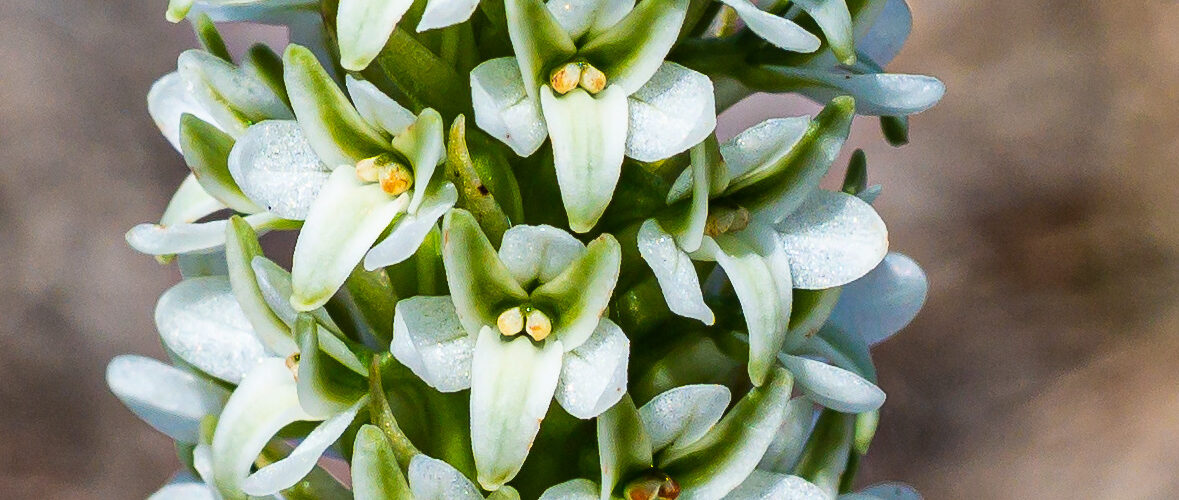
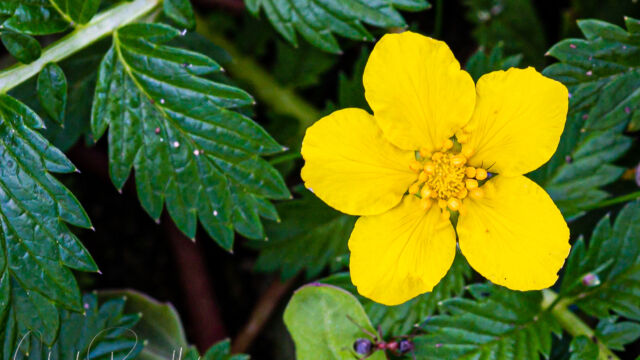
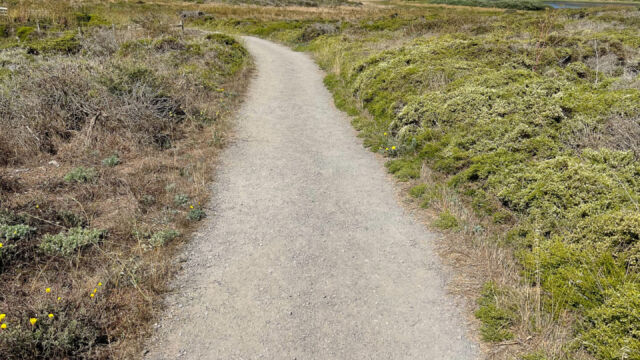
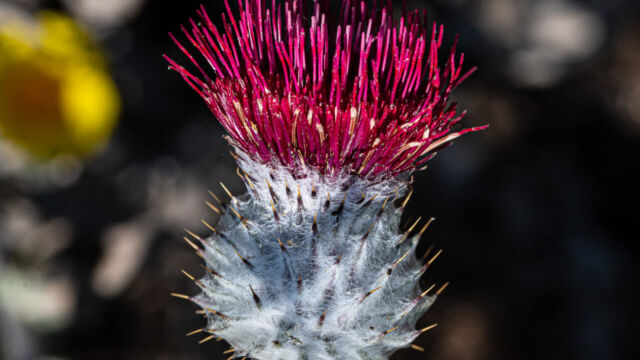

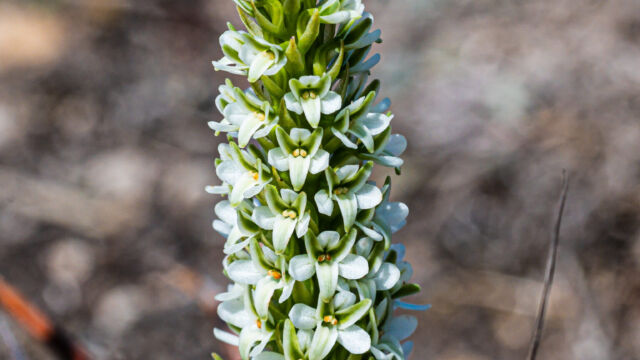
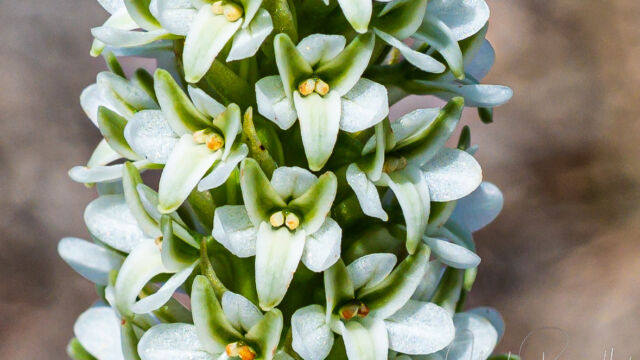
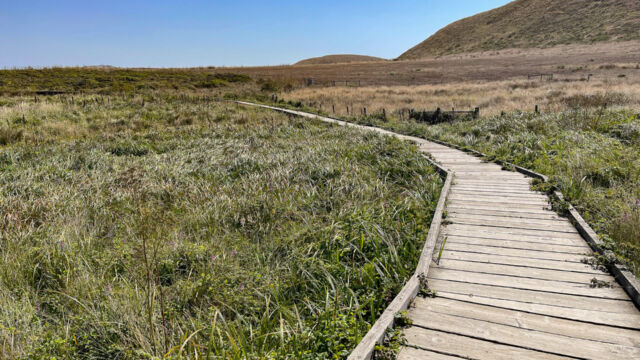
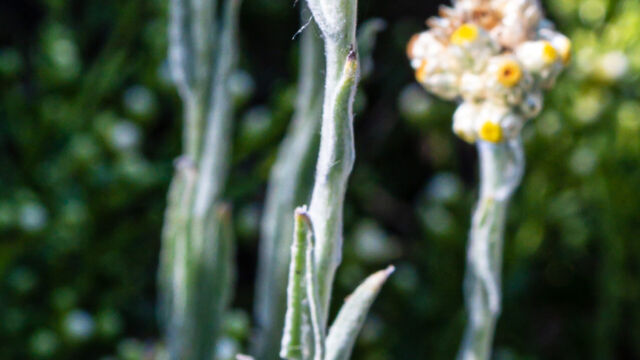

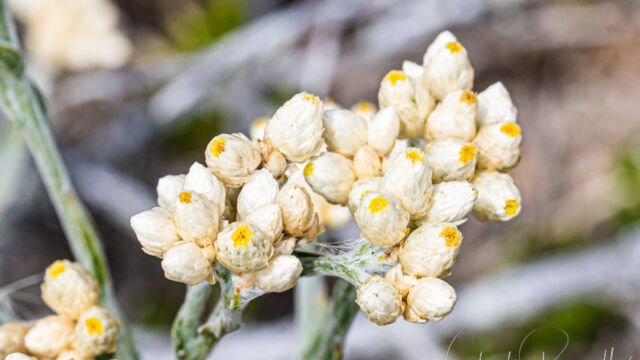
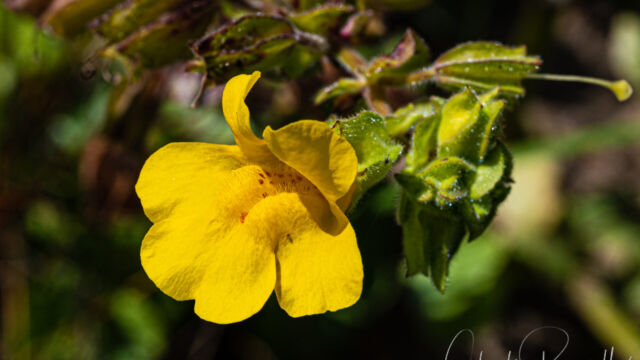
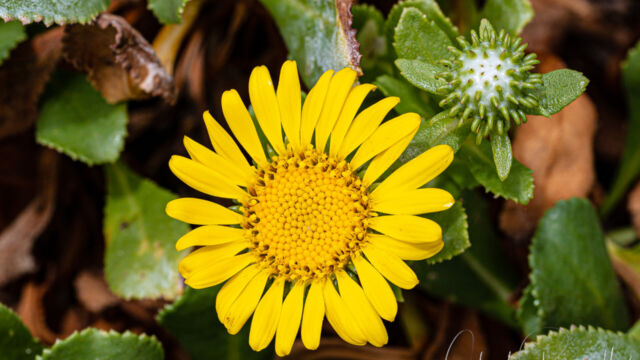
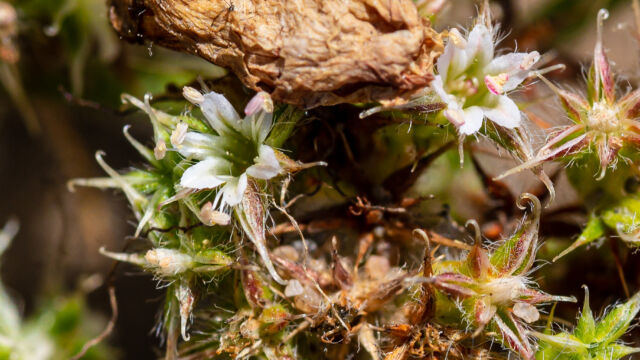
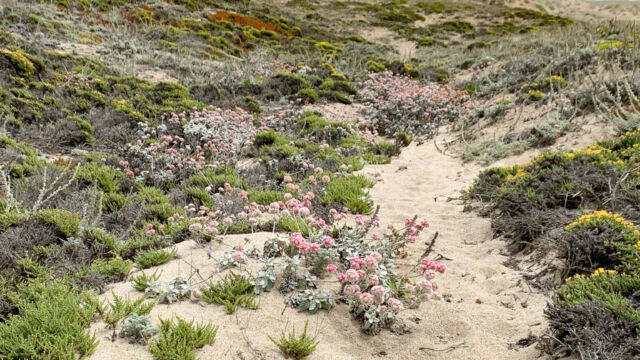
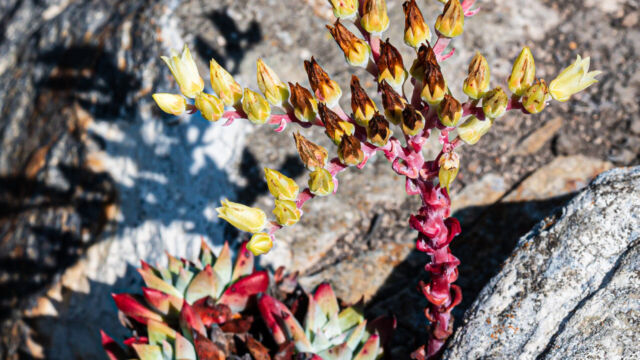

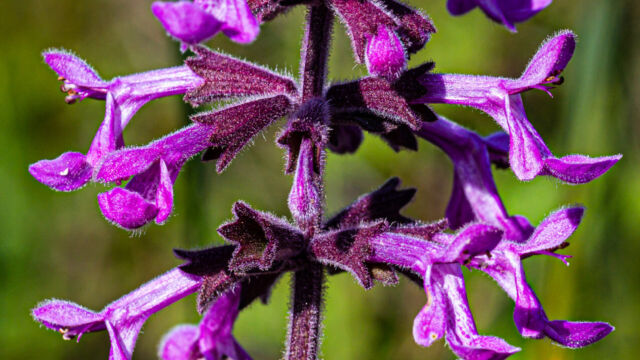
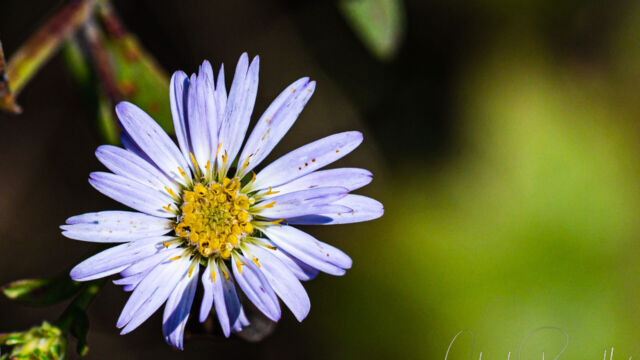
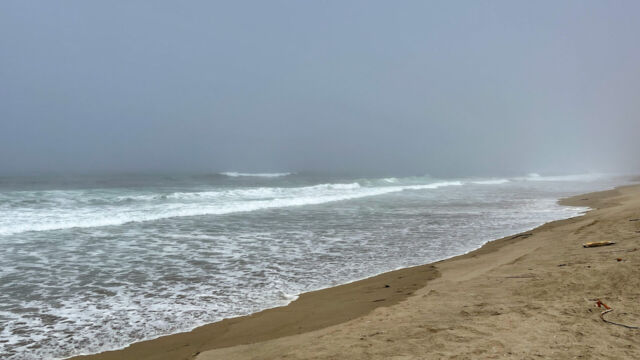
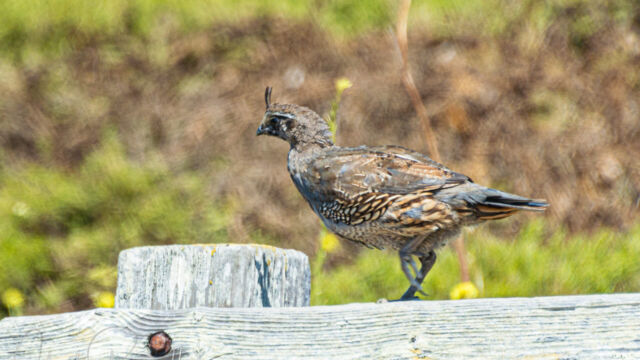


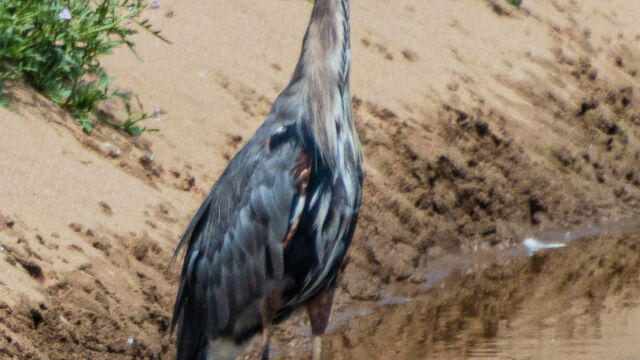

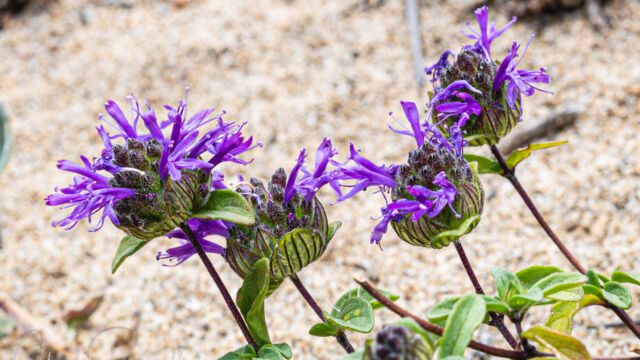

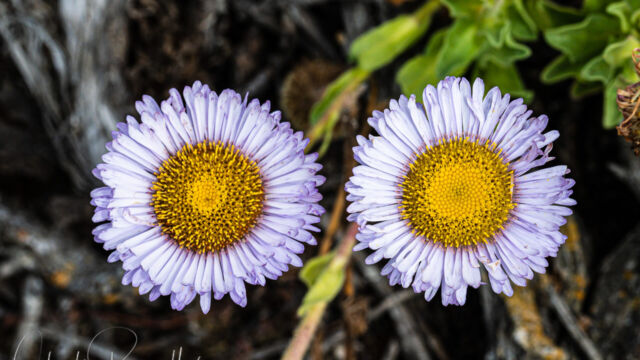

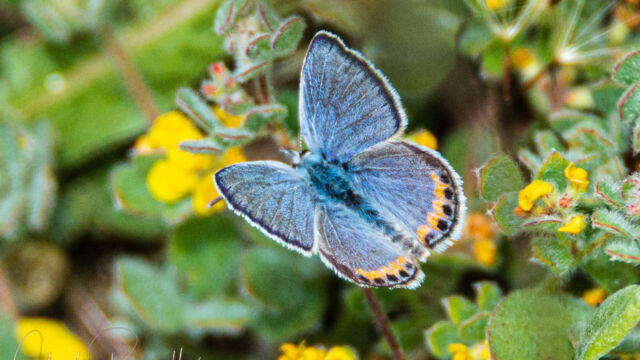

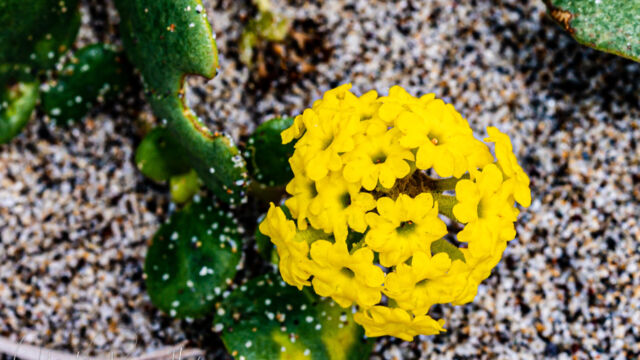
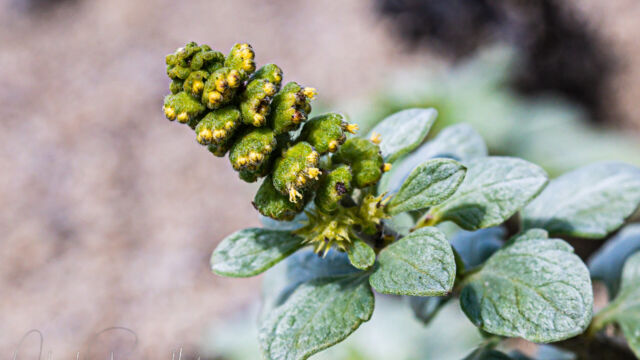
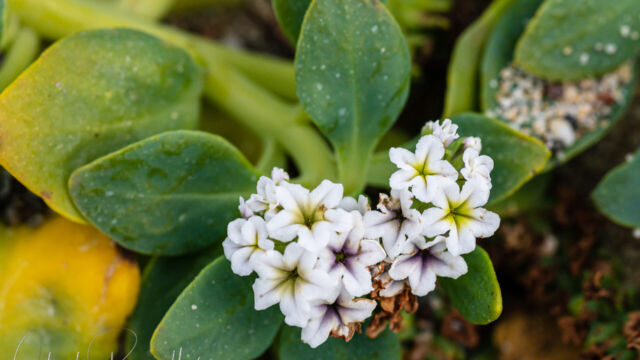
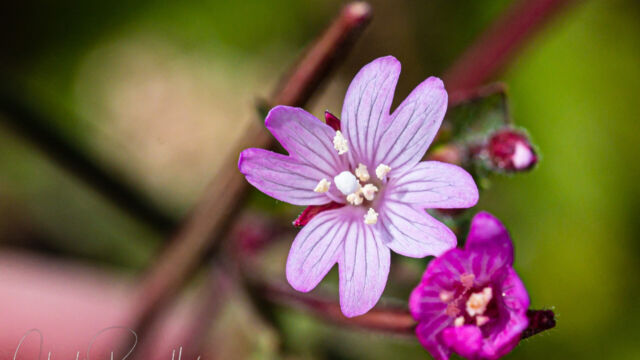
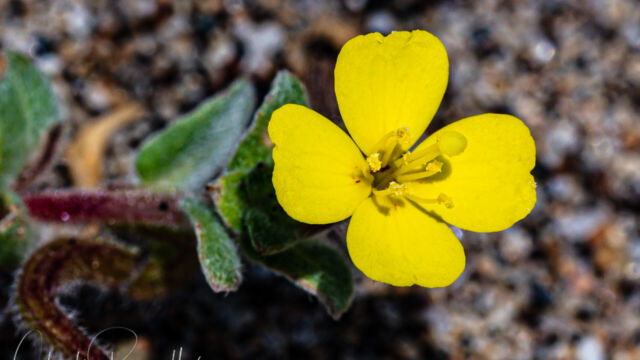
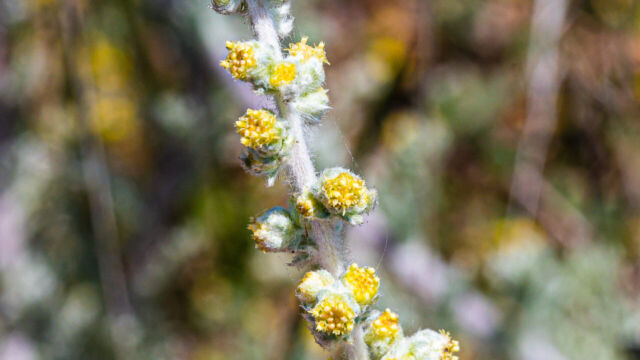

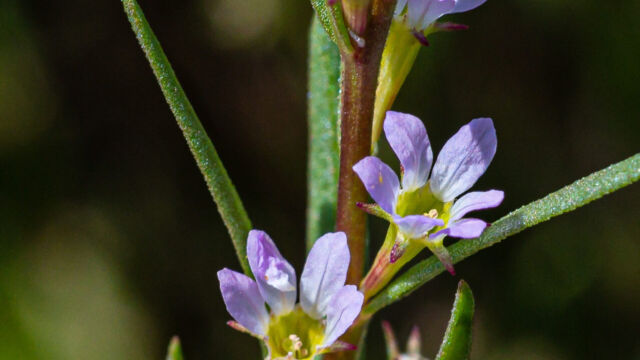

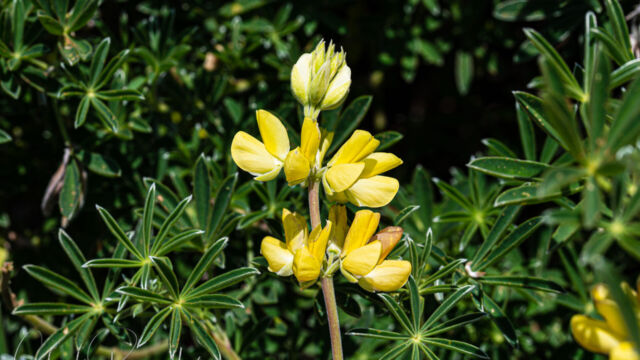
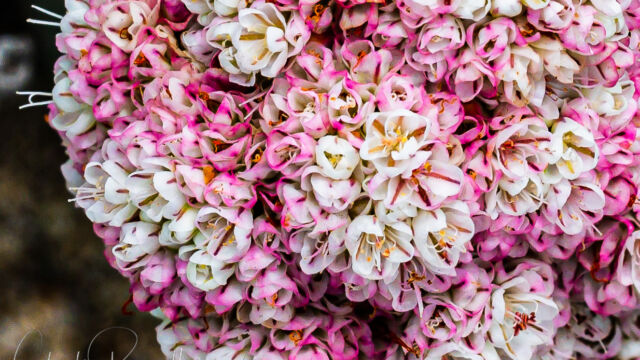
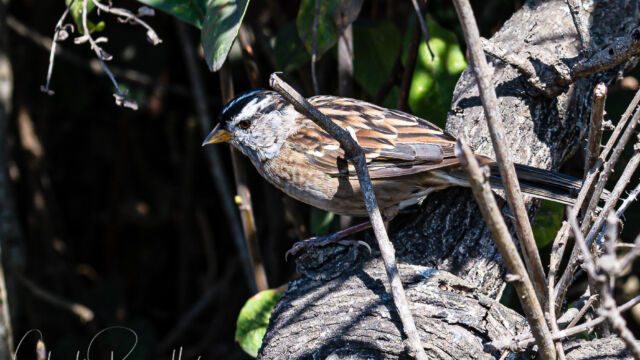
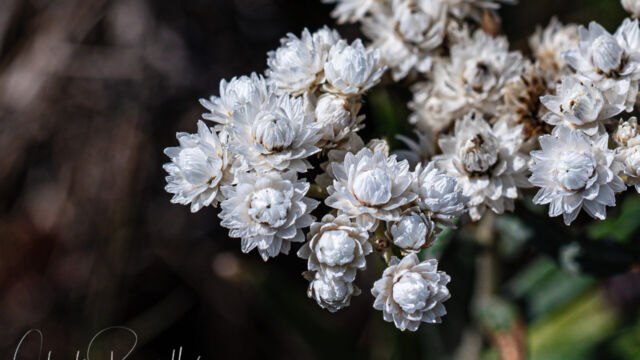
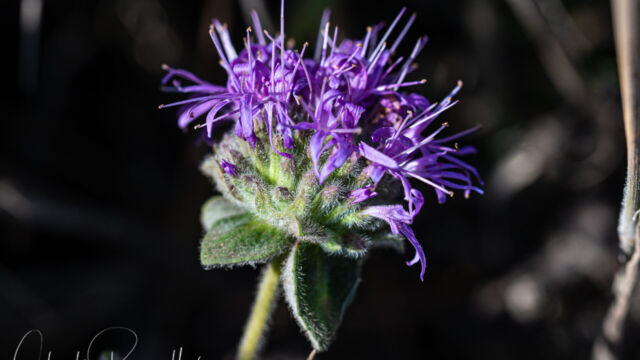
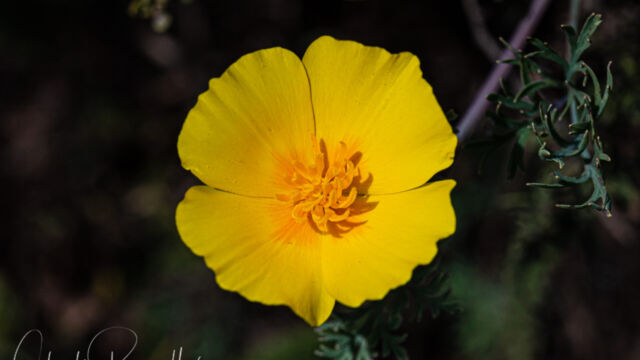


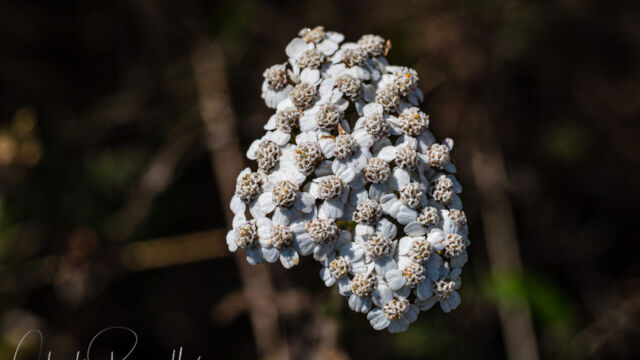



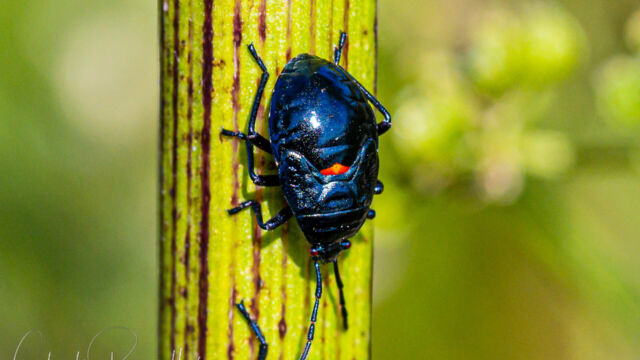

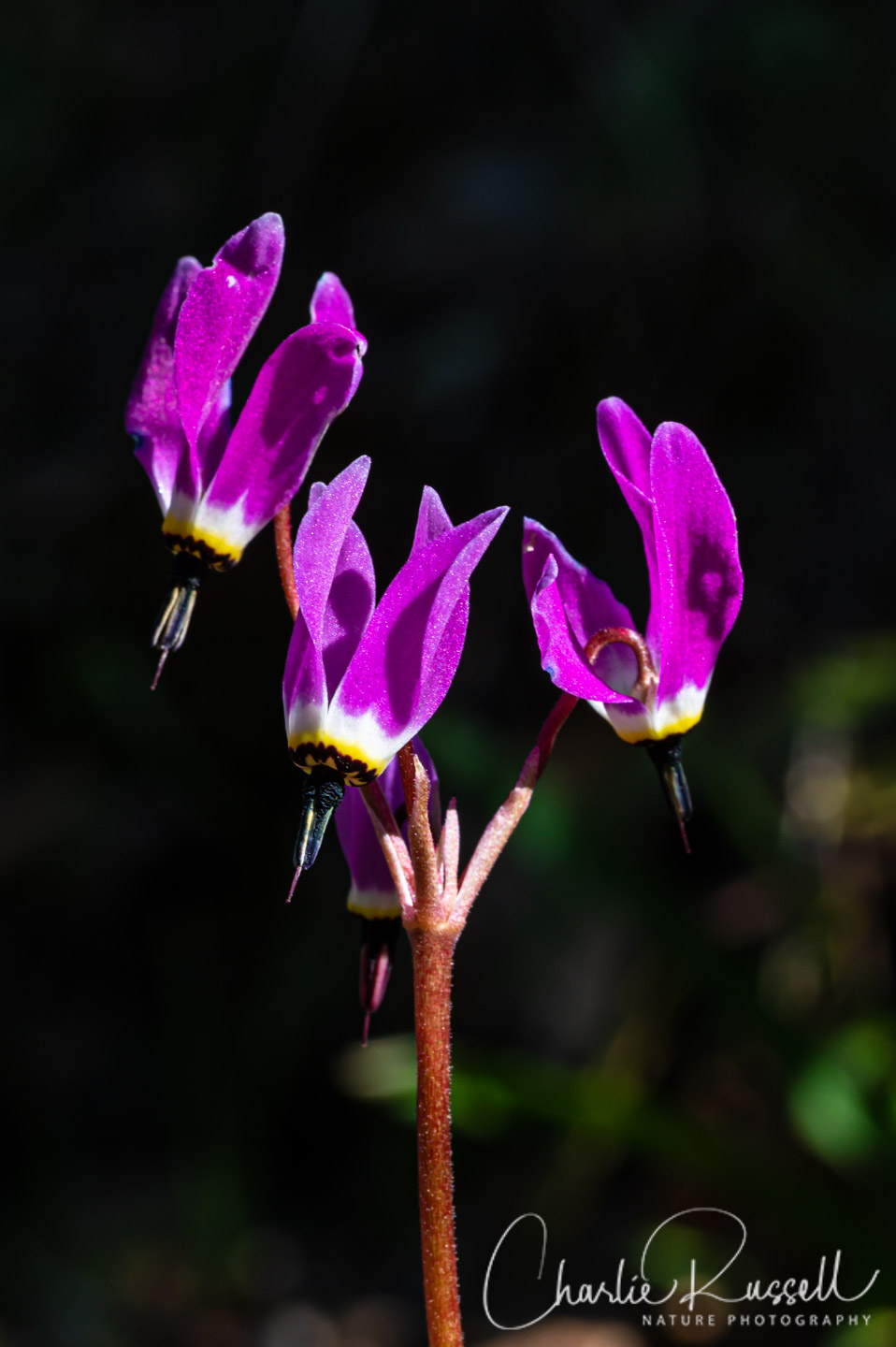
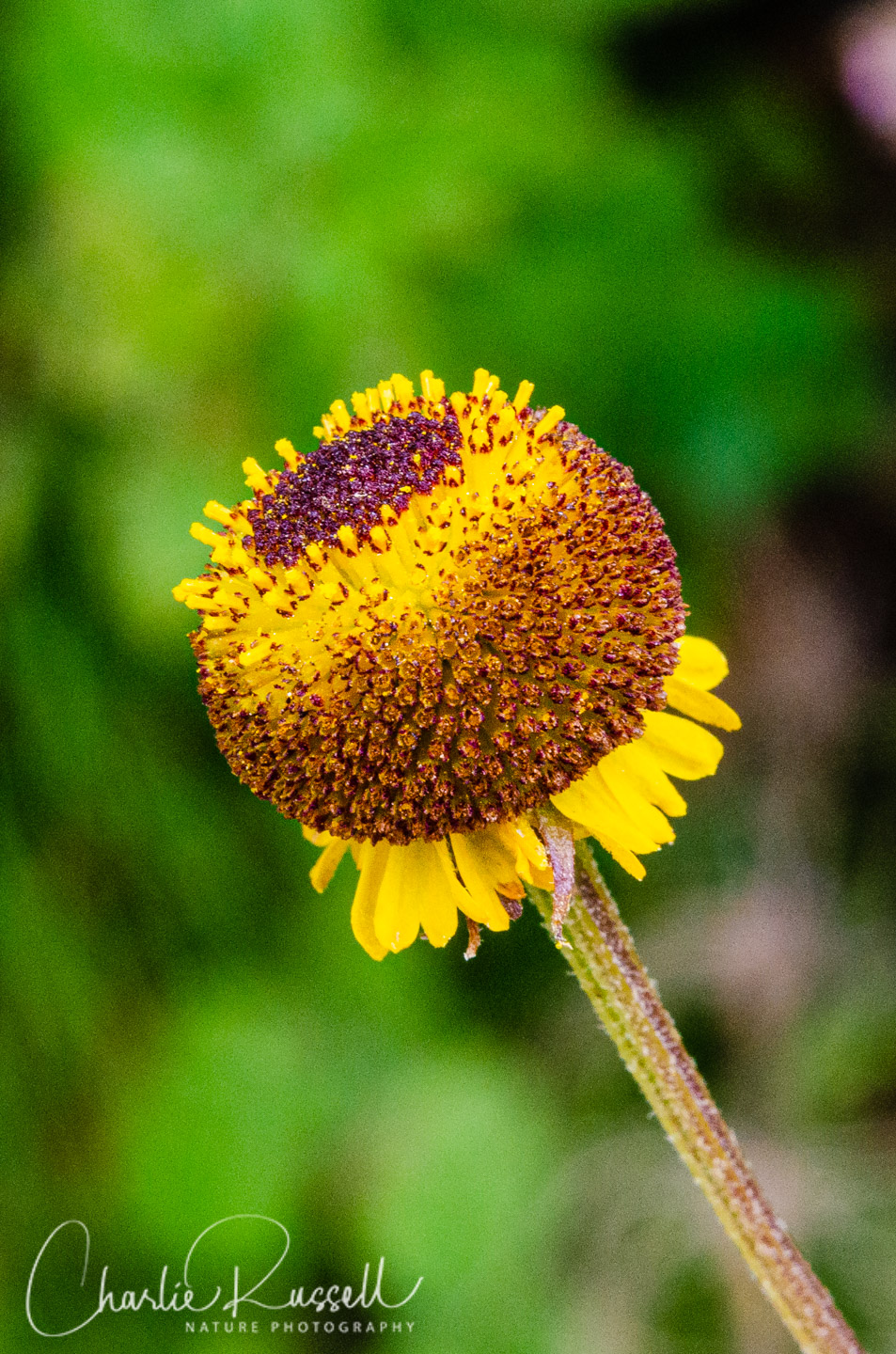
Add comment